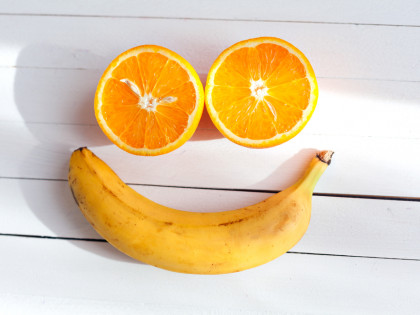Food labels can be hard to read. With so many different values, claims, and serving sizes it's hard to know where to look and what it all means. We have compiled a few quick tips to make deciphering labels easier, so you can find out what’s in your food and how to compare products to find the best options.
Nutrition Information Panel
The Nutrition Information Panel (NIP) is the table which shows the amount of energy and nutrients in the product. This is displayed per serve of the product and per 100 grams.
The per serve info is useful to tell you how much energy and nutrients you’re eating, and the per 100 grams is useful for comparing energy and nutrients between similar products (e.g. 2 different brands of cereal).
Generally, the NIP will display energy (kJ), carbohydrates (total and sugars), fat (total and saturated), protein and sodium. It may also include other nutrients if the product makes a claim about that nutrient, e.g. if a cereal claims it is ‘high in fibre’ the NIP will also include fibre.
Download our Nutrition Label Decoder here to help you out next time you're in the supermarket.
The Ingredient List
This lists all the ingredients in the product in order of the ingredient with the most to least weight. The main ingredient will also state the %, for example in a tin of baked beans the ingredient list will start with navy beans (50%).
The ingredient list is a useful way to determine if a product is high in a particular nutrient, such as sugar or fat, because these will be listed as the first few ingredients.
The length of the ingredient list and the number of food additives (e.g. thickeners and flavours) listed can also be an indicator of how processed the food is.
The Health Star Rating System
Health Star Ratings were introduced in Australia and New Zealand in 2014 as a way of rating the nutritional value of packaged foods and being able to compare similar products.
The rating ranges from 0.5 stars (least healthy) to 5 stars (most healthy). The number of stars is calculated based on the total energy, saturated fat, sodium, sugar, fibre, protein, fruit, vegetable, nut and legume content, and is relative to the food or beverage category.
This is useful for comparing similar products (e.g. 2 different muesli bars). You’ll find the Health Star Rating on most products, but not all as food manufacturers don’t have to use it.













